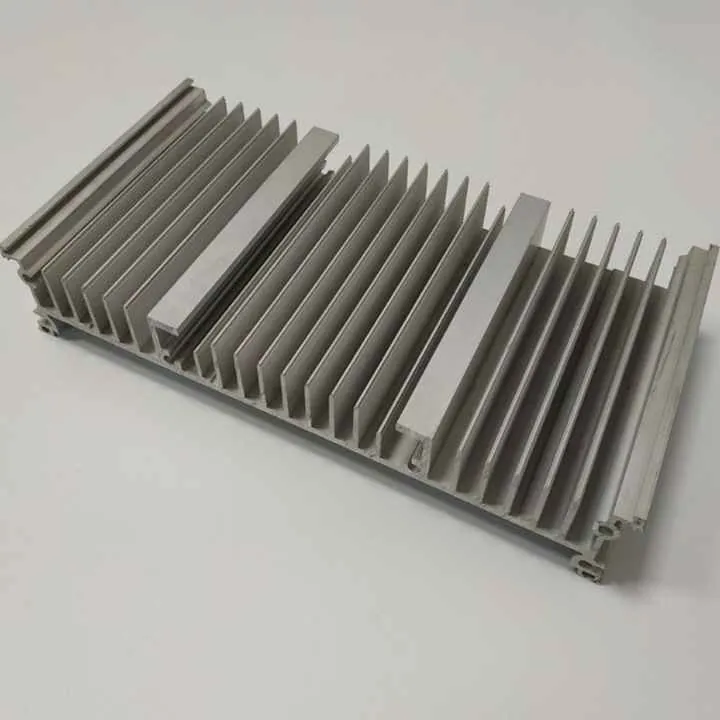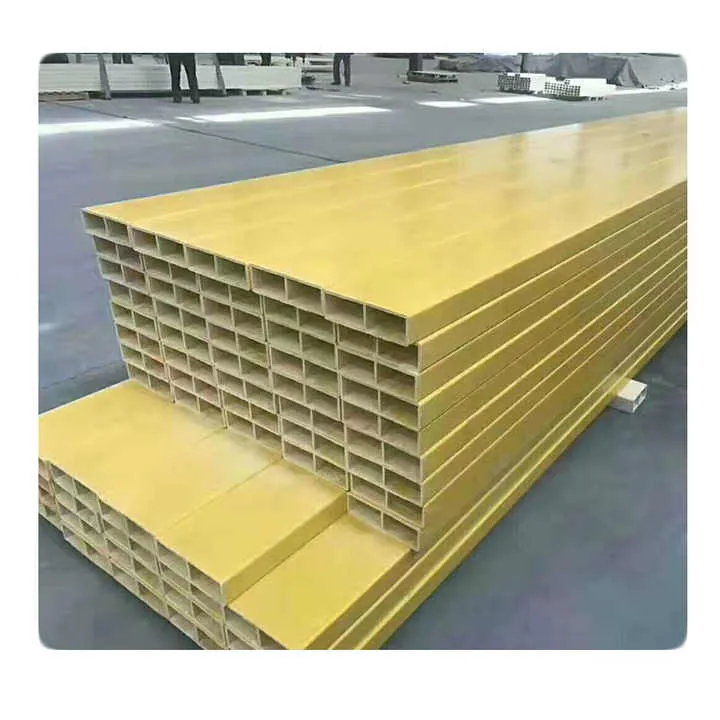アルミニウムは金属か?

We see it in cans, windows, and planes—but is aluminum really a metal like iron or copper?
Yes, aluminum is a metal—specifically a lightweight, silvery-white metal in the boron group with excellent conductivity and corrosion resistance.
It’s one of the most abundant and widely used metals on Earth.
What defines a metal and is aluminum one?
Before labeling any element a metal, we need to know what makes something a “metal.”
A metal is defined by its ability to conduct electricity, have a shiny appearance, be malleable, ductile, and form positive ions. Aluminum meets all of these criteria.

Key Metallic Properties
| プロパティ | 説明 | Aluminum Has It |
|---|---|---|
| 電気伝導率 | Allows electric current flow | はい |
| Luster | Reflective, shiny surface | はい |
| 可鍛性 | Can be hammered into sheets | はい |
| 延性 | Can be drawn into wires | はい |
| Ion Formation | Forms positive ions (cations) | はい |
Aluminum also shows metallic bonding, meaning its atoms share a "sea" of electrons—typical of metals.
Periodic Table Classification
Aluminum is in Group 13, next to boron and gallium. It sits clearly among the metals.
Aluminum is considered a metal based on its physical and chemical properties.真
It conducts electricity, is malleable, and forms positive ions—all key traits of metals.
Aluminum is a non-metal because it doesn’t react like iron.偽
Aluminum is a metal, even though it’s less dense and less reactive with water than iron.
How is aluminum’s conductivity compared to other metals?
Electrical and thermal conductivity are major reasons metals are used in engineering—and aluminum performs well.
Aluminum is an excellent conductor of electricity and heat, second only to copper and silver among common metals.

電気伝導率
Aluminum’s conductivity is about 61% that of copper. However, it’s much lighter, making it better for weight-sensitive applications like:
- Power lines
- Electric vehicles
- Aircraft wiring
| メタル | Conductivity (IACS%) | 密度(g/cm3) | Weight Advantage |
|---|---|---|---|
| シルバー | 105 | 10.49 | 重い |
| 銅 | 100 | 8.96 | 重い |
| アルミニウム | 61 | 2.70 | ライト |
| スチール | 10–15 | 7.87 | 中程度 |
熱伝導率
Aluminum also transfers heat well. That’s why it’s used in:
- ヒートシンク
- Radiators
- Cookware
Aluminum is more conductive than copper and silver.偽
Aluminum is highly conductive, but less than copper and silver.
Aluminum is preferred in power lines because of its low weight and good conductivity.真
It balances decent conductivity with much lower density than copper.
Why is aluminum versatile in industry?
Aluminum is everywhere—from soda cans to skyscrapers. Why?
Aluminum’s low density, corrosion resistance, formability, and recyclability make it extremely versatile across multiple industries.

軽量で丈夫
Aluminum is about one-third the weight of steel, yet strong enough for construction and transport. That’s why it’s used in:
- Airplanes
- Trains
- Automotive frames
耐食性
Its natural oxide layer prevents rust and degradation. That’s why it’s chosen for:
- 窓枠
- Marine parts
- 屋外看板
Easily Formed
You can:
- Extrude it into complex shapes
- Roll it into thin foil
- Mold it in casting
リサイクル可能
Aluminum is 100%リサイクル可能 without losing quality. Recycled aluminum uses 95% less energy than primary production.
| 産業 | Use of Aluminum | 主なメリット |
|---|---|---|
| 航空宇宙 | Frames, fuselage, panels | Lightweight strength |
| 建設 | Windows, facades, scaffolds | 耐食性 |
| 自動車 | Engines, wheels, panels | Fuel efficiency |
| エレクトロニクス | Casings, heat sinks | 熱伝導率 |
| パッケージング | Cans, foil, wraps | Lightweight and food-safe |
Aluminum is commonly used in airplanes due to its low density and strength.真
Its light weight reduces fuel consumption while maintaining structural integrity.
Aluminum cannot be recycled once it's been oxidized.偽
Even oxidized aluminum can be melted and reused.
How was aluminum classified historically?
Aluminum’s early history is strange. It was once more valuable than gold.
Historically, aluminum was difficult to extract and was once considered a precious metal before industrial processes made it widely available.

Early Discovery
Aluminum was first isolated in 1825 by Hans Christian ?rsted. However, it took until the late 1800s for practical methods to produce it affordably.
Napoleon’s Aluminum Cutlery
Napoleon reportedly reserved aluminum cutlery for his most honored guests—others got gold or silver. That’s how rare it was.
Hall-Héroult Process
In 1886, Charles Hall (USA) and Paul Héroult (France) discovered electrolysis of alumina in molten cryolite—making mass production possible.
That changed everything. By 1900, aluminum became common in manufacturing.
From Luxury to Utility
Aluminum shifted from being a rare lab curiosity to the backbone of modern industry in just 50 years.
| 年 | イベント | インパクト |
|---|---|---|
| 1825 | First isolated by ?rsted | Scientific curiosity |
| 1850s | Still more expensive than gold | Jewelry and luxury only |
| 1886 | Hall-Héroult process developed | Mass production possible |
| 1900 | Widespread industrial use begins | Construction, transport |
Aluminum was once more valuable than gold.真
Before mass production methods, aluminum was extremely rare and expensive.
The Hall-Héroult process helped make aluminum widely accessible.真
This method reduced production costs, enabling industrial-scale aluminum use.
結論
Aluminum is absolutely a metal—lightweight, conductive, corrosion-resistant, and industrially essential. Its unique properties and history make it one of the most valuable materials in the modern world.



